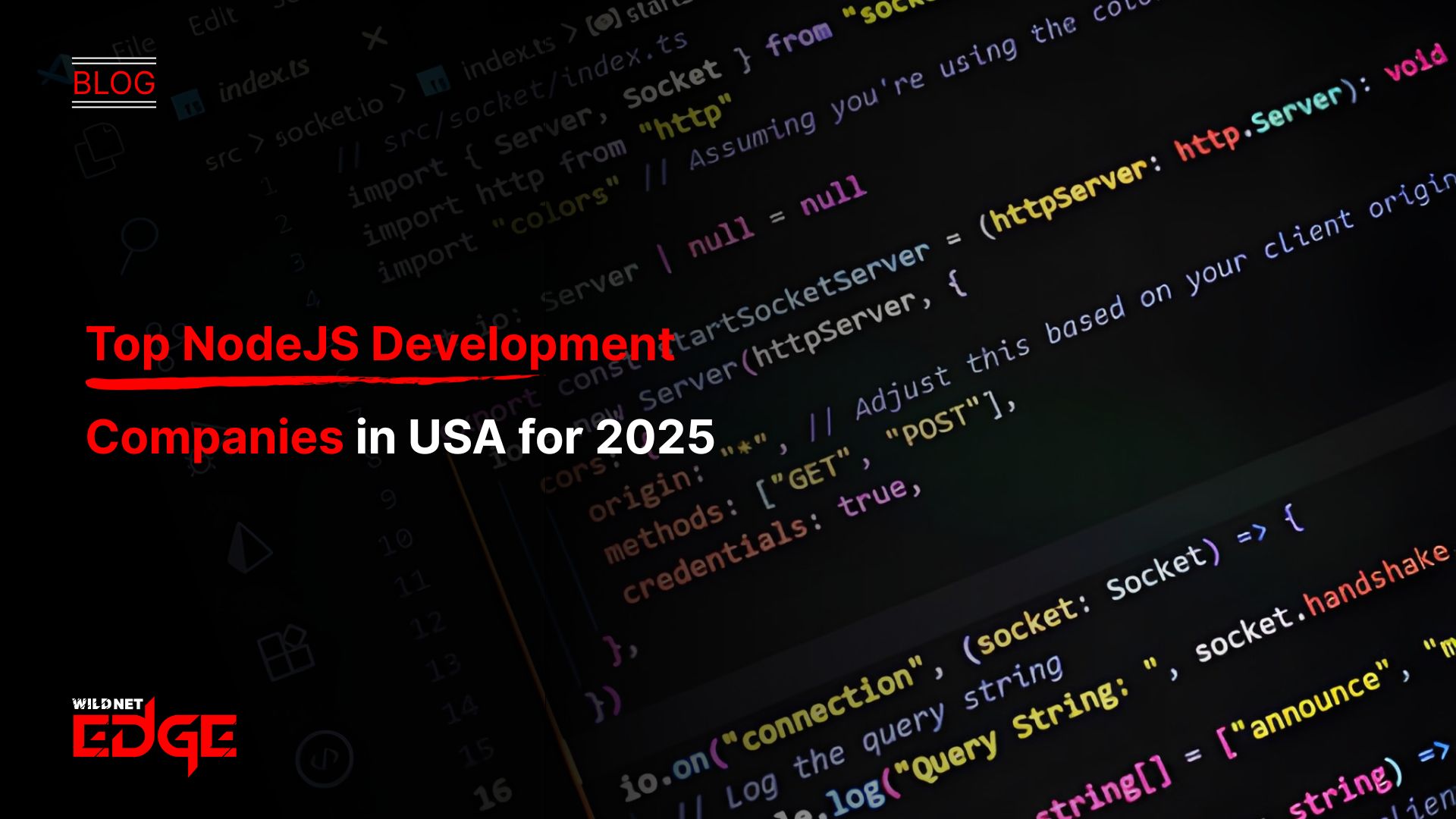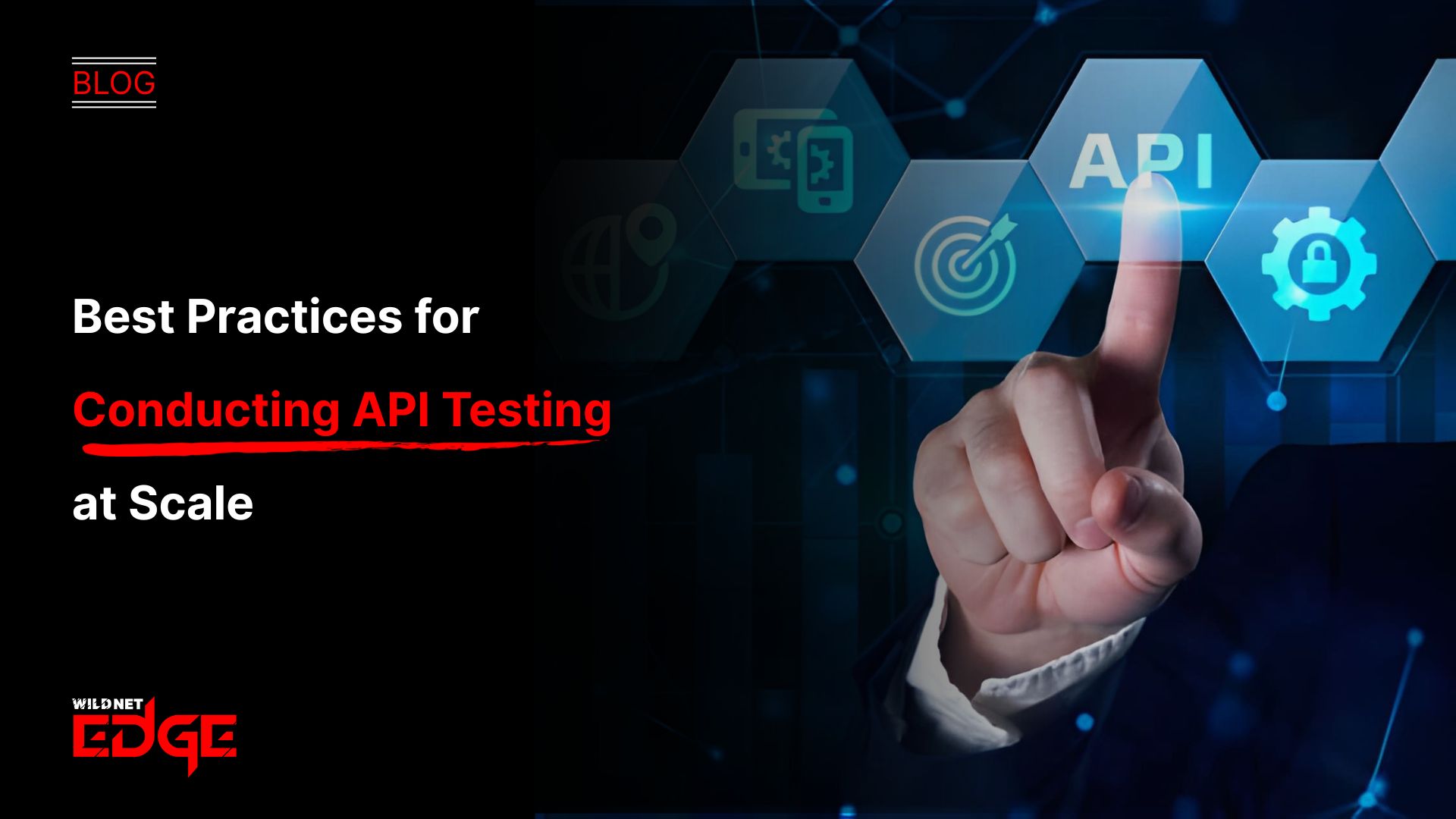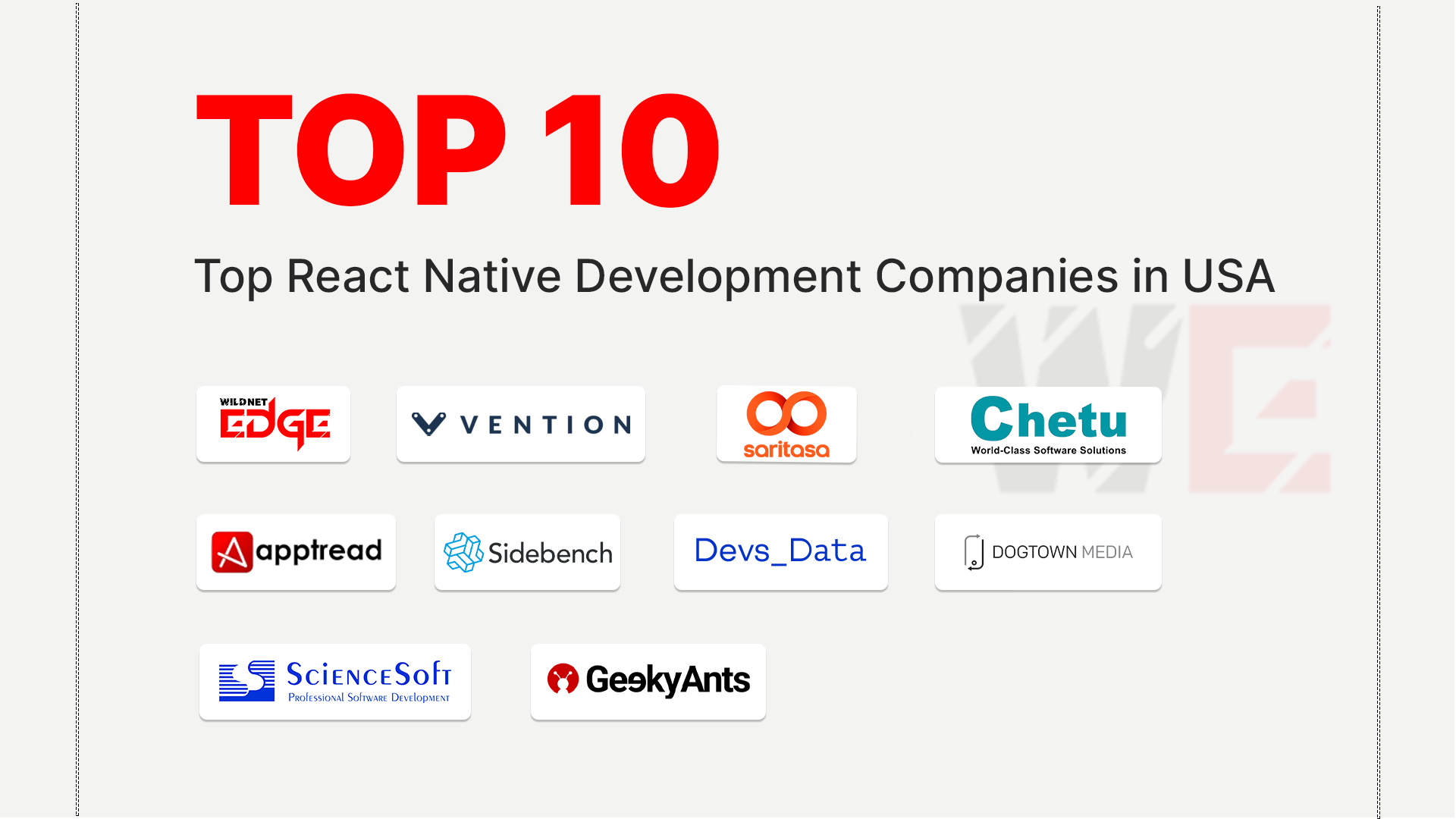TL;DR
This article guides founders on planning a successful SaaS product launch as a strategic process. It outlines a three-phase approach: pre-launch, launch day, and post-launch. Pre-launch focuses on defining the target audience, setting goals, and building a waitlist. Launch day emphasizes coordinated marketing and product readiness, while post-launch centres on gathering feedback and analysing data for iteration.
Launching a new Software-as-a-Service product is one of the most exciting and nerve-wracking moments for any founder. Years of hard work and investment culminate in a single event. However, a successful SaaS product launch is not just about flipping a switch and hoping for the best. It’s a thoughtful process that begins long ago and continues till your first users sign up. A well-executed launch plan is the difference between building early momentum and disappearing into a crowded market. So, let’s discuss some tips on how you can also master the skill of a Saas product launch.
Why a SaaS Go-to-Market Strategy is Critical
SaaS go-to-market strategy is a comprehensive plan for reaching your target customers and achieving a competitive advantage. It’s the “who, what, where, and why” of your launch. Without this strategic blueprint, even the best product can fail to gain traction. A solid strategy ensures that your product, marketing, and sales efforts are all perfectly aligned and working towards a common goal. It turns your launch from a gamble into a calculated and strategic business move.
The Three Phases of a Successful SaaS Product Launch
A successful launch has three distinct phases, each critical for building sustainable growth.
Phase 1: The Pre-Launch Foundation (3-6 Months Before Launch)
This is where the majority of the work happens. A strong pre-launch phase sets the stage for a successful launch day.
- Deeply Define Your Ideal Customer Profile: Get hyper-specific about who your first 100 customers will be. What are their pain points? Where do they hang out online? This focus will guide all your marketing efforts.
- Set Clear and Measurable Launch Goals: What does success look like for you? Is it 1,000 new sign-ups? 100 paying customers? A specific monthly recurring revenue (MRR) target? Define your KPIs upfront so you can measure your success.
- Craft Your Messaging and Positioning: How will you talk about your product? What makes it different from the competition? Develop a clear and compelling value proposition that resonates with your target audience. This is a core part of the services offered by a Product Development Company.
- Build a Pre-Launch Waitlist: This is one of the most effective product launch tips. Create a simple landing page that captures email addresses from interested users. Use this list to build anticipation, share behind-the-scenes updates, and create a group of early evangelists who are ready to sign up on day one.
Phase 2: Launch Day Execution
If you’ve done your pre-launch work correctly, launch day should be about execution, not improvisation.
- Coordinate Your Marketing Channels: “Launch” your product across all your channels simultaneously. This could include a press release, a Product Hunt launch, a coordinated social media campaign, and an announcement to your email list.
- Ensure Technical Readiness: Your website and servers must be prepared to handle a potential spike in traffic. Your sign-up and onboarding process should be flawless. A smooth technical experience is crucial for converting initial interest into active users. This level of reliability is a hallmark of professional SaaS Development Services.
- Be All-Hands-on-Deck for Support: Your first users will have questions and feedback. Have your entire team ready to respond to support tickets, social media comments, and emails as quickly as possible. This shows your early adopters that you value them.
Phase 3: The Post-Launch Momentum (First 90 Days)
The launch is not the finish line; it’s the starting line. The first three months are critical for building on your initial momentum.
- Actively Gather and Analyze User Feedback: Your first users are a goldmine of information. Use surveys, interviews, and analytics tools to understand how they are using your product, what they love, and what they find confusing.
- Track Your KPIs and Iterate: Are you hitting the goals you set in Phase 1? Analyze your data to see what’s working and what’s not. This data-driven approach should guide your product roadmap and marketing strategy for the coming months.
- Focus on Activation and Retention: Now that you have users, the focus shifts to making sure they are successful with your product. A smooth onboarding process and proactive customer support are key to turning new sign-ups into long-term, loyal customers.
Case Studies
Case Study 1: A B2B Startup’s Niche Market Entry
- The Challenge: A B2B startup had developed a powerful tool for a very specific niche industry but had no brand recognition and a small marketing budget.
- Our Solution: We worked with them to create a highly targeted SaaS go-to-market strategy. The pre-launch phase focused entirely on building relationships within a few key online communities and partnering with influential bloggers in their niche.
- The Result: On launch day, the startup was featured on three major industry blogs, which drove a surge of highly qualified traffic to their site. They exceeded their goal for paying customers in the first month by 50%, proving the power of a focused launch strategy.
Case Study 2: A Mobile SaaS App Launch
- The Challenge: A company had a great idea for a consumer-facing SaaS app but needed the technical expertise to build a high-quality product for both iOS and Android.
- Our Solution: We provided end-to-end Custom Software Development Services. Our team built the app and worked in parallel with their marketing team to prepare for a coordinated, multi-channel launch.
- The Result: The app launched with a zero glitch technical and received excellent reviews for its user experience. The smooth launch helped it get featured on the App Store as a “New App We Love,” leading to over 100,000 downloads in the first week.
Our Technology Stack for SaaS Development
We use a modern, scalable stack to build robust and reliable SaaS applications.
- Frontend: React, Angular, Vue.js
- Backend: Node.js, Python, .NET, Go
- Databases: PostgreSQL, MongoDB, Amazon Aurora
- Cloud Platforms: AWS, Azure, Google Cloud
- DevOps: Docker, Kubernetes, Jenkins, Terraform
Conclusion
A successful SaaS product launch is a mix of strategic decisions. It’s a testament to a well-defined SaaS go-to-market strategy that aligns a great product with a clear and targeted audience. By focusing on a phased approach building anticipation before the launch and relentlessly iterating after you can turn your idea into a sustainable and growing business.
Ready to build a SaaS product that makes an impact? At Wildnet Edge, our AI-first approach ensures we build intelligent Software Development Solutions that are not only market-ready but also data-driven, providing you with the insights needed to win.
FAQs
For a new product, you should begin your pre-launch planning at least 3 to 6 months before your target launch date. This gives you enough time to build a waitlist, create marketing content, and build relationships with key influencers or press.
The biggest mistake is a lack of preparation, which can be a technical or marketing failure. A successful launch requires a detailed checklist and coordinated effort between your product and marketing teams.
There’s no single answer, but a common thumb rule is that your first-year marketing budget should be roughly equal to your initial development cost. However, a lean strategy focused on content and community can be effective with a much smaller budget.
An email list is a direct line to your most interested potential customers. It’s an “owned” audience that you don’t have to pay to reach. Having a list of hundreds or thousands of people ready to sign up on day one is the single best way to guarantee initial momentum.
For B2B, a launch on a platform like Product Hunt can be very effective for reaching early adopters. In addition, content marketing and direct outreach to potential customers on platforms like LinkedIn are often more effective than broad advertising.
While sign-ups are exciting, the most important metric is user activation and retention. Are people who sign up actually using the core feature of your product?, are they coming back? This data tells you if you are on the path to product-market fit.
Focus on the outcome, not the features. Don’t sell the “AI-powered algorithm.” Instead, sell the “effortless report that saves you 10 hours a week.” Your messaging should always focus on solving the customer’s pain point in a simple and compelling way.

Nitin Agarwal is a veteran in custom software development. He is fascinated by how software can turn ideas into real-world solutions. With extensive experience designing scalable and efficient systems, he focuses on creating software that delivers tangible results. Nitin enjoys exploring emerging technologies, taking on challenging projects, and mentoring teams to bring ideas to life. He believes that good software is not just about code; it’s about understanding problems and creating value for users. For him, great software combines thoughtful design, clever engineering, and a clear understanding of the problems it’s meant to solve.
 sales@wildnetedge.com
sales@wildnetedge.com +1 (212) 901 8616
+1 (212) 901 8616 +1 (437) 225-7733
+1 (437) 225-7733































